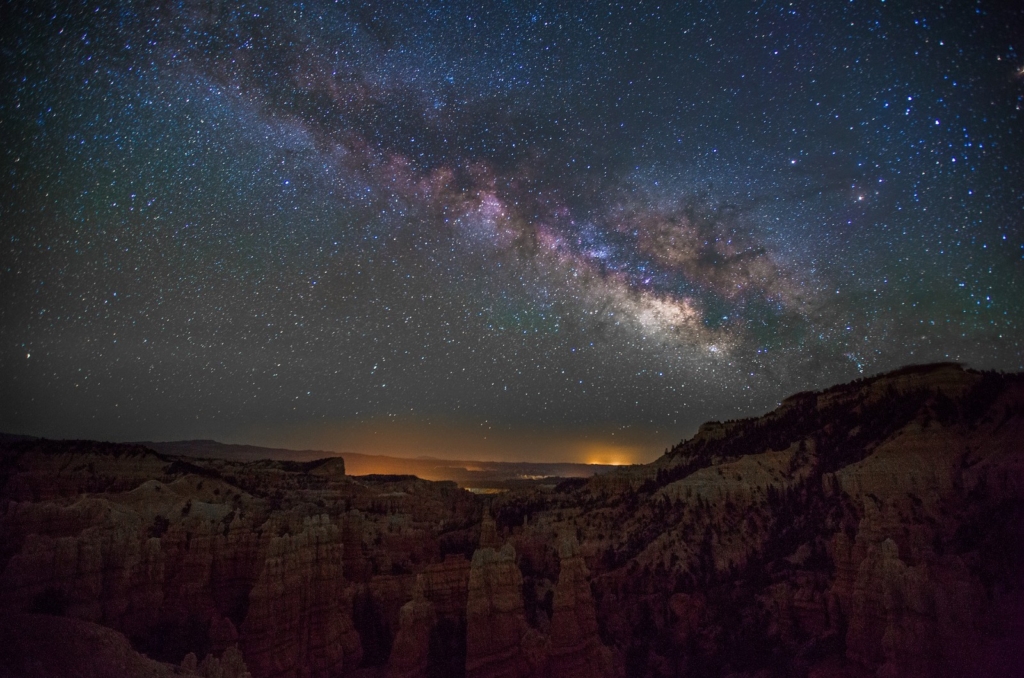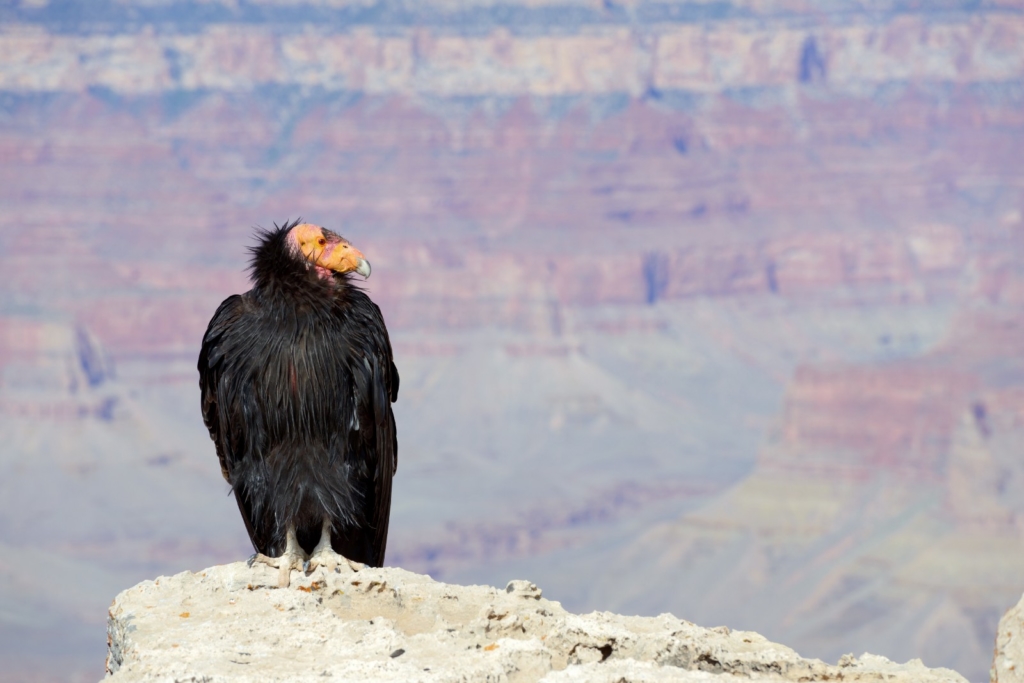Bears Ears, Utah. © Vincent Bradley/ Adobestock.com
“Our people should see to it that they are preserved for their children and their children’s children forever, with their majestic beauty all unmarred.” — Teddy Roosevelt.
In early December 2017, the Trump Administration eliminated protections for millions of acres of national public lands in Southern Utah, namely Bear’s Ears and Grand Staircase-Escalante. For conservation, native people and outdoor enthusiasts, this decision is nothing less than devastating. To understand the significance of this area, we have put together this list of things you should know about Bears Ears.
- Bears Ears are two, twin geological formations surrounded by roughly 1.3 million acres of desert, situated in South West Utah.
- President Obama declared it a National Monument in December 2016.
- A National Monument is similar to a National Park, but a president can singlehandedly protect areas of land under the authority of the Antiquities Act of 1906.

Bears Ears is one of the best places to see the stars. © Pixabay
4. Bears Ears is considered to be one of the wildest and most ecologically rich areas in the Western United States.
5. It is sacred land to Native American tribes with numerous burial grounds and cultural sites.
6. It has a wealth of mineral resources making it vulnerable to development and mining.
7. Bears Ears has similar ecological significance to many of the great National Parks of the United States including, Yellowstone, Yosemite, and the Grand Canyon.

The Californian Condor is native to Bears Ears National Monument. ©kojihirano — stock.adobe.com
8. A recent study found that it is more ecologically intact than 90% of the wild places of similar sizes in the western United States.
9. It is one of the best places to see the stars, as it has very low light pollution.
10. The California Condor, Green Cutthroat Troat and the Mexian Spotted Owl are native to this region, not to mention 15 other species listed under the Endangered Species Act.
Sources:
American Progress
The Atlantic
